Japan and Chile: tsunami-bonded- nations
- Juan Carlos Castilla
- Emeritus Professor at Universidad Catolica de Chile
The MIDORI Prize for Biodiversity 2012 Prize Winner
Japan and Chile are two countries belonging to Pacific ring of fire, where about 90% of world`s earthquakes occur, along deep subduction oceanic zones, where two tectonic plates collide, and most tsunamis in Earth are recorded. So, these countries share many commonalities regarding earthquake, tsunami hazards, and surely we can say that they are “tsunami-bonded- nations”. There is a sort of Japan-Chile brotherhood around tsunami catastrophes; although, Japan-Chile brotherhood and friendship is long lasting and overpass, by far, our natural hazard commonalities.
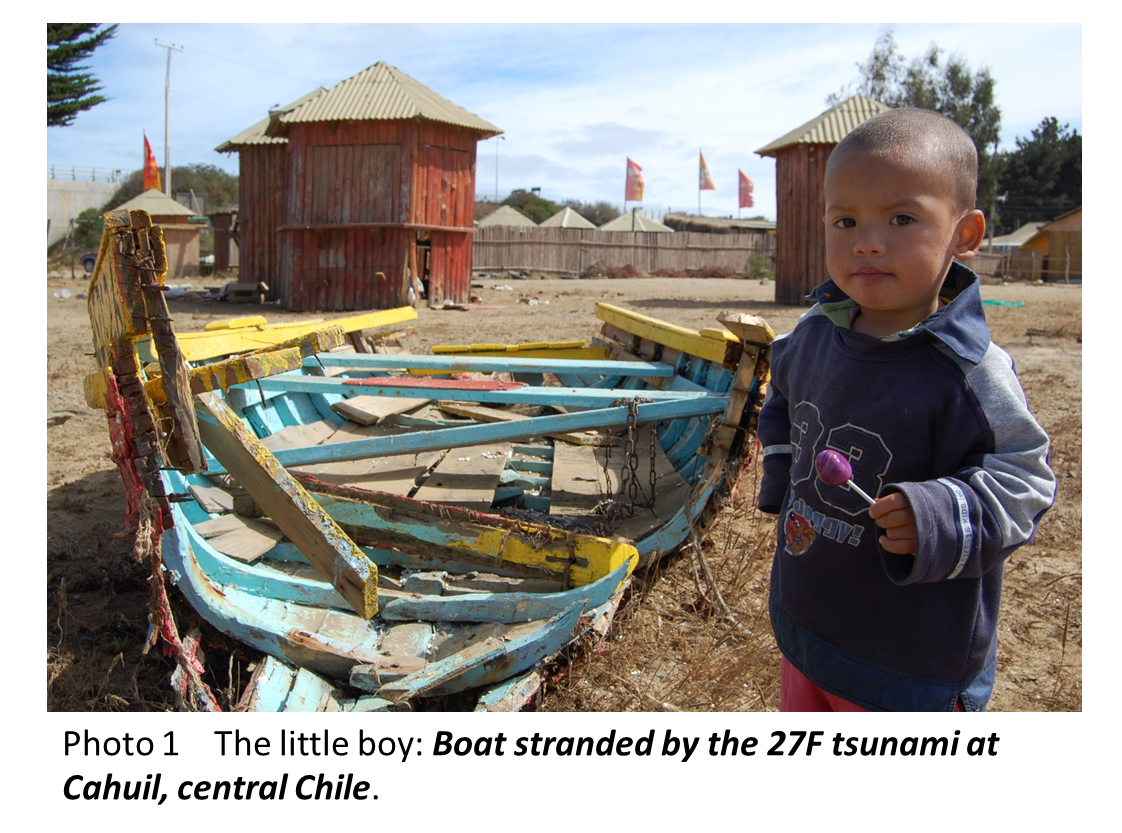 In Chile we are sadly remembering the fifth anniversary of the central Chile 8.8 magnitude Maule earthquake and the following tsunami that stroked the coast on February 27th (“27F”, as we call it). Coincidentally, in Japan, the whole nation is also sadly remembering the fourth anniversary of the great East Japan Tohoku 9.0 magnitude earthquake, March 11, 2011, and the unlashing of the deadliest tsunami, that killed over 15,000 people. Perhaps, this is a unique time for Japan and Chile not only to remember but to reflect on tsunami impacts in coastal sea-going societies, on marine nature itself, on lessons learnt and above all on ways to enhance mutual cooperation.
In Chile we are sadly remembering the fifth anniversary of the central Chile 8.8 magnitude Maule earthquake and the following tsunami that stroked the coast on February 27th (“27F”, as we call it). Coincidentally, in Japan, the whole nation is also sadly remembering the fourth anniversary of the great East Japan Tohoku 9.0 magnitude earthquake, March 11, 2011, and the unlashing of the deadliest tsunami, that killed over 15,000 people. Perhaps, this is a unique time for Japan and Chile not only to remember but to reflect on tsunami impacts in coastal sea-going societies, on marine nature itself, on lessons learnt and above all on ways to enhance mutual cooperation.
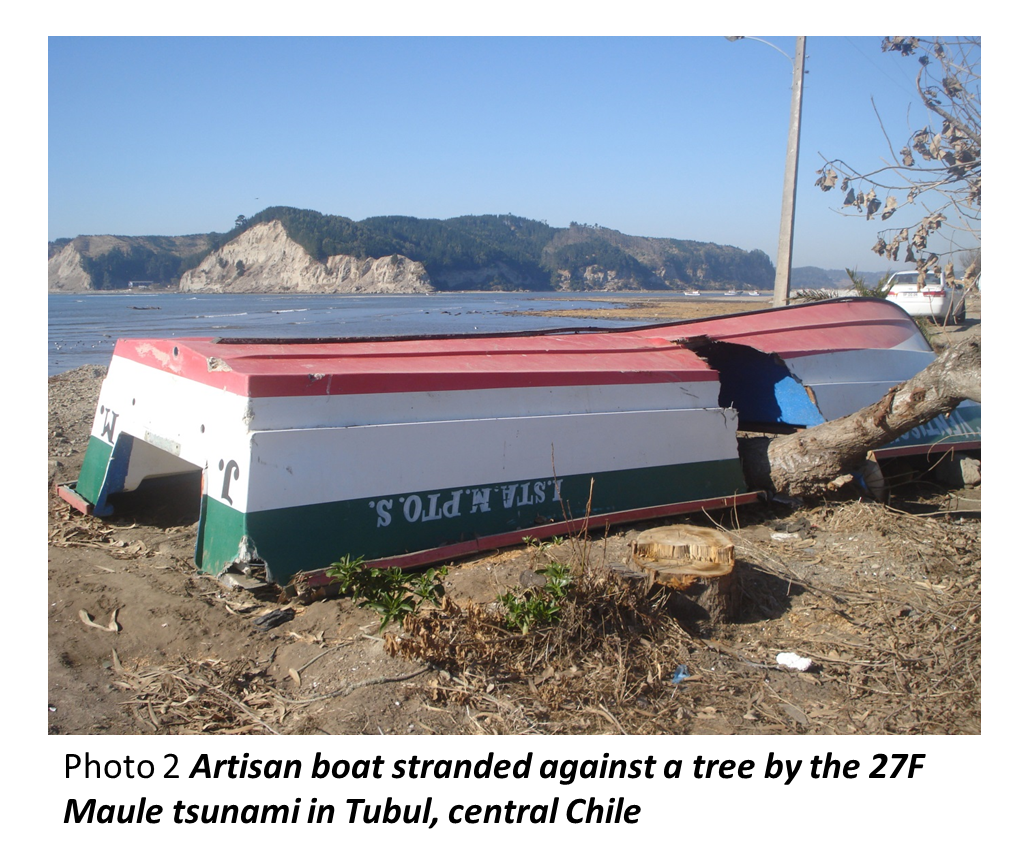
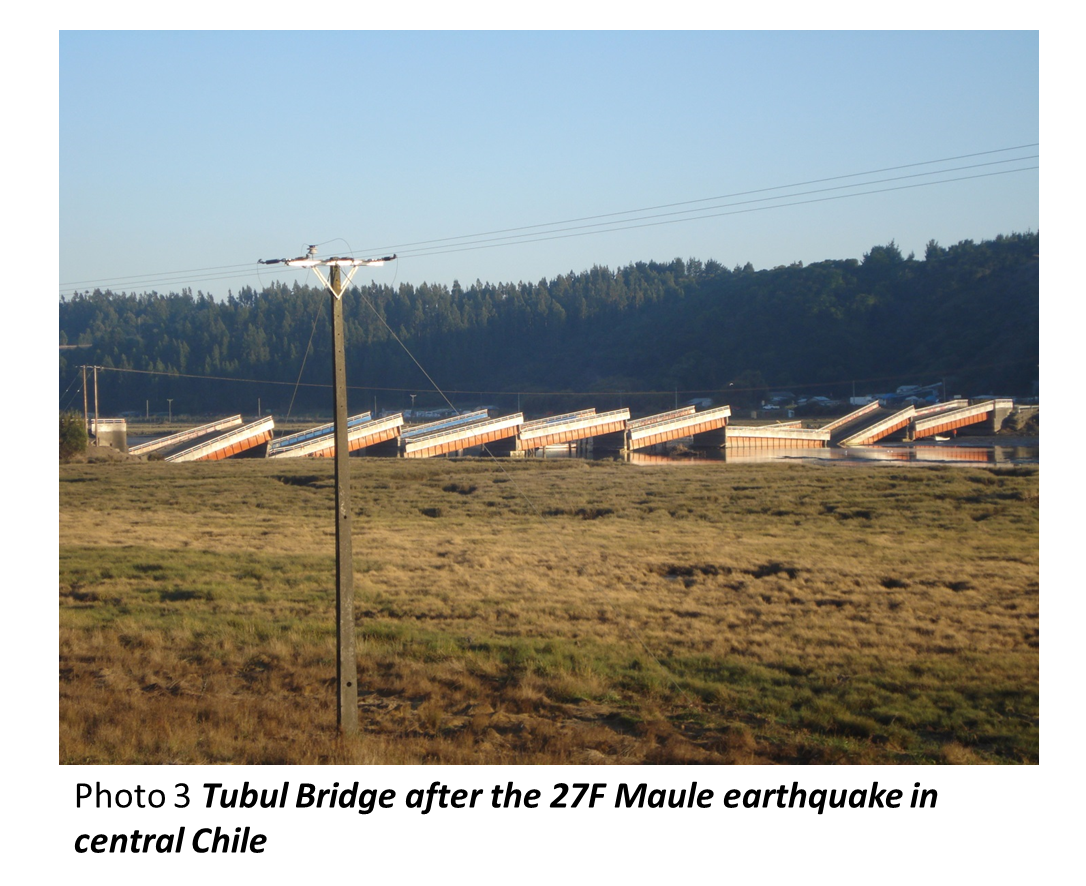
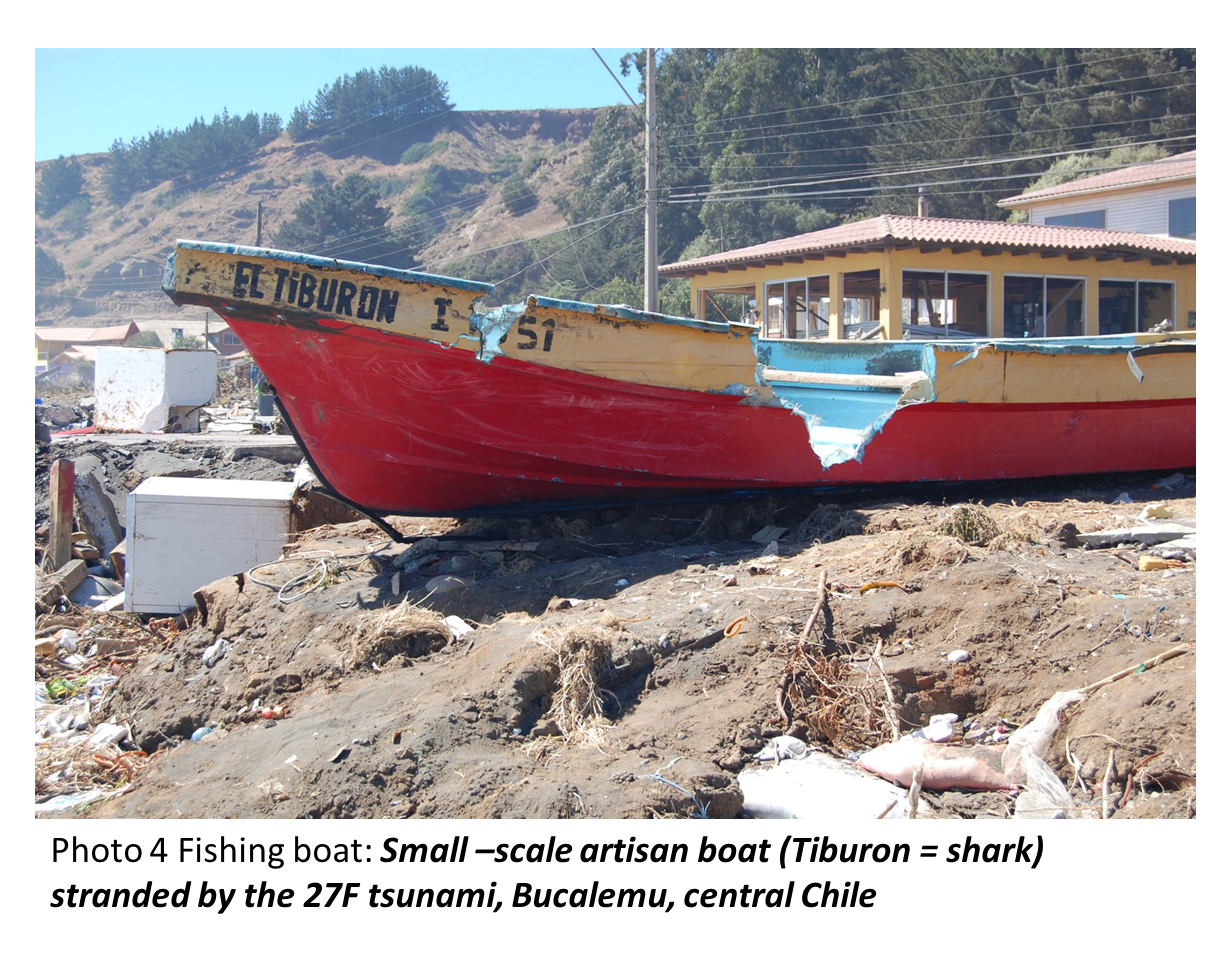
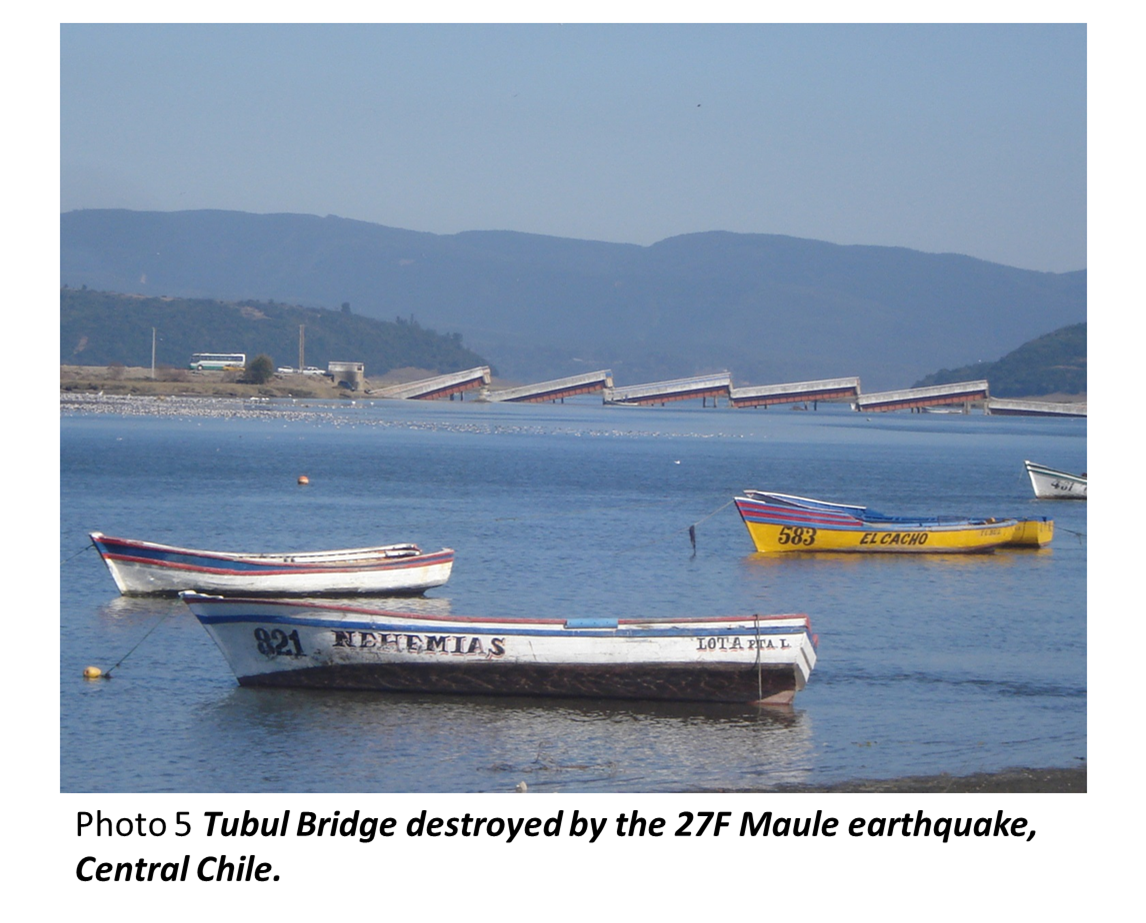 Technically, in simple terms, a tsunami is a natural event mostly generated by an earthquake producing vertical elevations of the water column of the ocean and thereby generating waves with great energy (no all ocean earthquake generate tsunami). Tsunami are not human induced–hazards, they are truly natural part of Earth`s events. According to our present understanding, they are not linked in any way to societal (human)-induced environmental changes; such in the case for world climate change or lost of biodiversity. So, tsunamis (and earthquakes) have been recurrently with us in Japan and Chile, and around the Pacific ring of fire, for thousand and million of years, and they will continuous to stay with us.
Technically, in simple terms, a tsunami is a natural event mostly generated by an earthquake producing vertical elevations of the water column of the ocean and thereby generating waves with great energy (no all ocean earthquake generate tsunami). Tsunami are not human induced–hazards, they are truly natural part of Earth`s events. According to our present understanding, they are not linked in any way to societal (human)-induced environmental changes; such in the case for world climate change or lost of biodiversity. So, tsunamis (and earthquakes) have been recurrently with us in Japan and Chile, and around the Pacific ring of fire, for thousand and million of years, and they will continuous to stay with us.
It seems to me that this is the proper, and the only, way to reflect on earthquake and tsunami hazards and that the very first thought and reflection must go to the victims of those catastrophes. What is needed to reduce those impacts and population vulnerability? More scientifically, technical and social progress is surely needed. Earthquakes and tsunami will continue to strike Japan, Chile and other countries around the Pacific ring of fire; they are part of our environment and knowledge leading to proper and early prediction and societal preparedness to confront them are the only tools we have at hand to confront them and they need to be further developed and share among nations. Indeed, between Japan and Chile, based on the long experience we have been facing at these hazards, there is a lot we can do together for mutually learning and progressing. Are we doing that? I am not sure if we are doing it properly (I may be wrong). I am aware that for instance in the geophysics and engineer and a few other arenas appear to be a good level of scientific cooperation; nevertheless, it does not appears to be the case for oceanography, ecology, marine conservation and restoration, education, outreach, social sciences and population preparedness. Japan is technologically much more advanced on earthquake prediction-early warnings than Chile, and I will like to see some of that technology implemented in Chile. But, it is not just technology. Societal preparedness, science, education and legislation are also critical issues and there is a lot that Japan and Chile should be shearing for mutual benefit. It is my view that we are not fully using the opportunities. For instance, view it from Chile, we may mutually learn quite a lot from Chilean and Japanese earthquake and tsunami experiences that are rooted in local communities (small-scale fisher) as local ecological knowledge (LEK), comparing that information and increase our strategies for population preparedness. Also, there is room for cooperation regarding oceanographic progresses and comparative legislation on safe building norms and in quake buffering. Moreover, the areas of public outreach and school education are critical for preparedness to face tsunami hazard impacts. Are Japan and Chile fully collaborating in this potential win-win strategy to prepare their populations to face these savage natural hazards? The question is an open one. The challengers are there to be jointly confronted by Japanese and Chilean authorities, NGOs, businesswomen / businessmen, industries, donors, foundations, academics and the public. Much can be done, and must be done, on these issues.
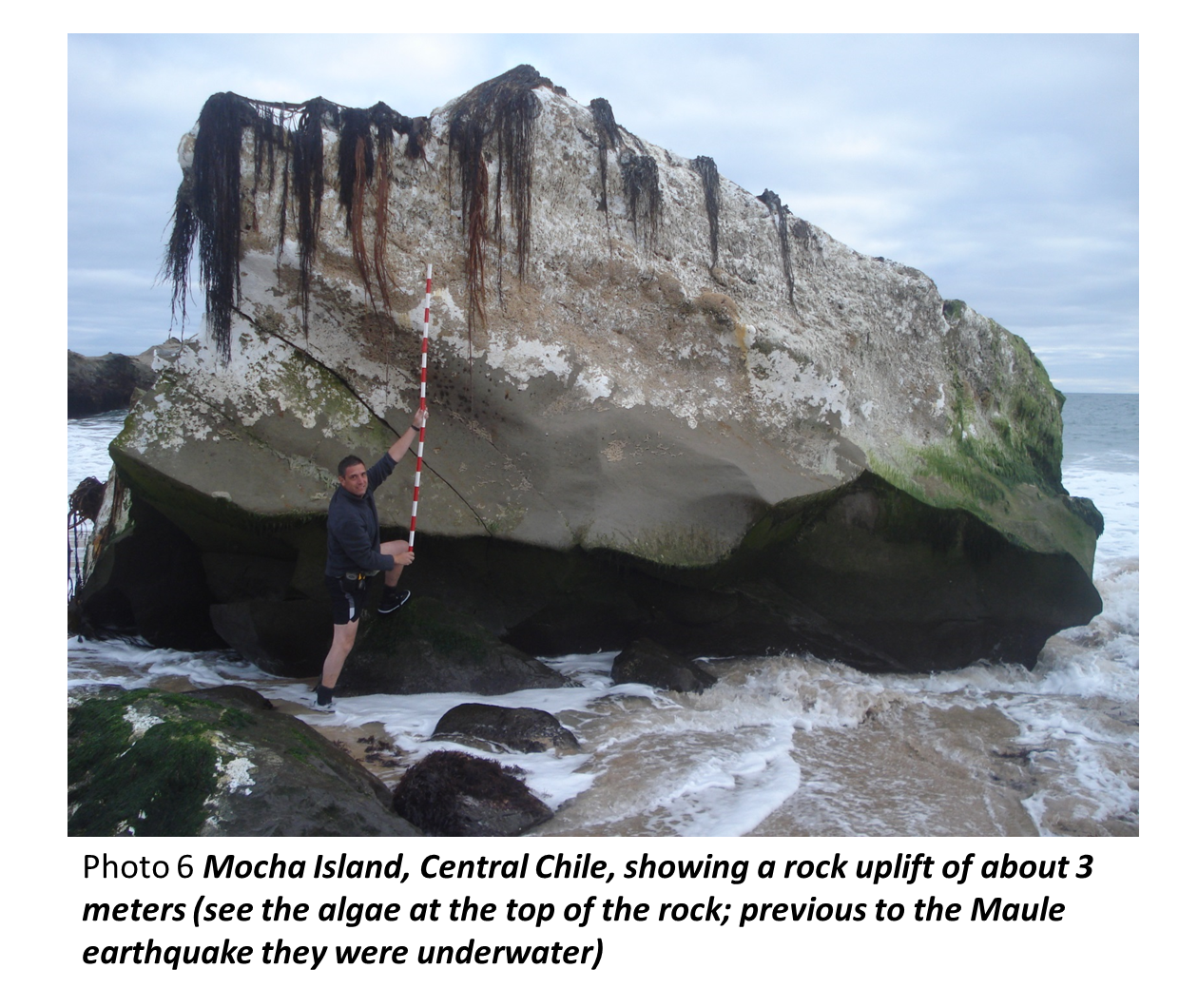 On the contrary, there is little or nothing we can do to buffer earthquakes or tsunami impacts on natural marine ecosystems and biodiversity. Hence, in my experience, for instance following the aftermath of an earthquake or tsunami in the shore, the only way to cope with ecological impacts is via natural recovery of natural populations and communities or, much more difficult, via restoration. The ecosystem resilient characteristic of impacted environments will eventually dictate the way to go. Surely, following a tsunami, with regards to marine coastal environment, one of the most important activities to be carried out, as soon as possible, is the removal of debris and contaminants at the bottom and water column of impacted areas. In Chile, following the 27F we acquired a good experience in intertidal and underwater debris removals in the Juan Fernandez archipelago (heavily stroked by the 27F tsunami), and we could share that with Japanese authorities and scientific colleagues. There are also rich experiences in Japan to be shared with Chilean authorities and the scientific community.
On the contrary, there is little or nothing we can do to buffer earthquakes or tsunami impacts on natural marine ecosystems and biodiversity. Hence, in my experience, for instance following the aftermath of an earthquake or tsunami in the shore, the only way to cope with ecological impacts is via natural recovery of natural populations and communities or, much more difficult, via restoration. The ecosystem resilient characteristic of impacted environments will eventually dictate the way to go. Surely, following a tsunami, with regards to marine coastal environment, one of the most important activities to be carried out, as soon as possible, is the removal of debris and contaminants at the bottom and water column of impacted areas. In Chile, following the 27F we acquired a good experience in intertidal and underwater debris removals in the Juan Fernandez archipelago (heavily stroked by the 27F tsunami), and we could share that with Japanese authorities and scientific colleagues. There are also rich experiences in Japan to be shared with Chilean authorities and the scientific community.
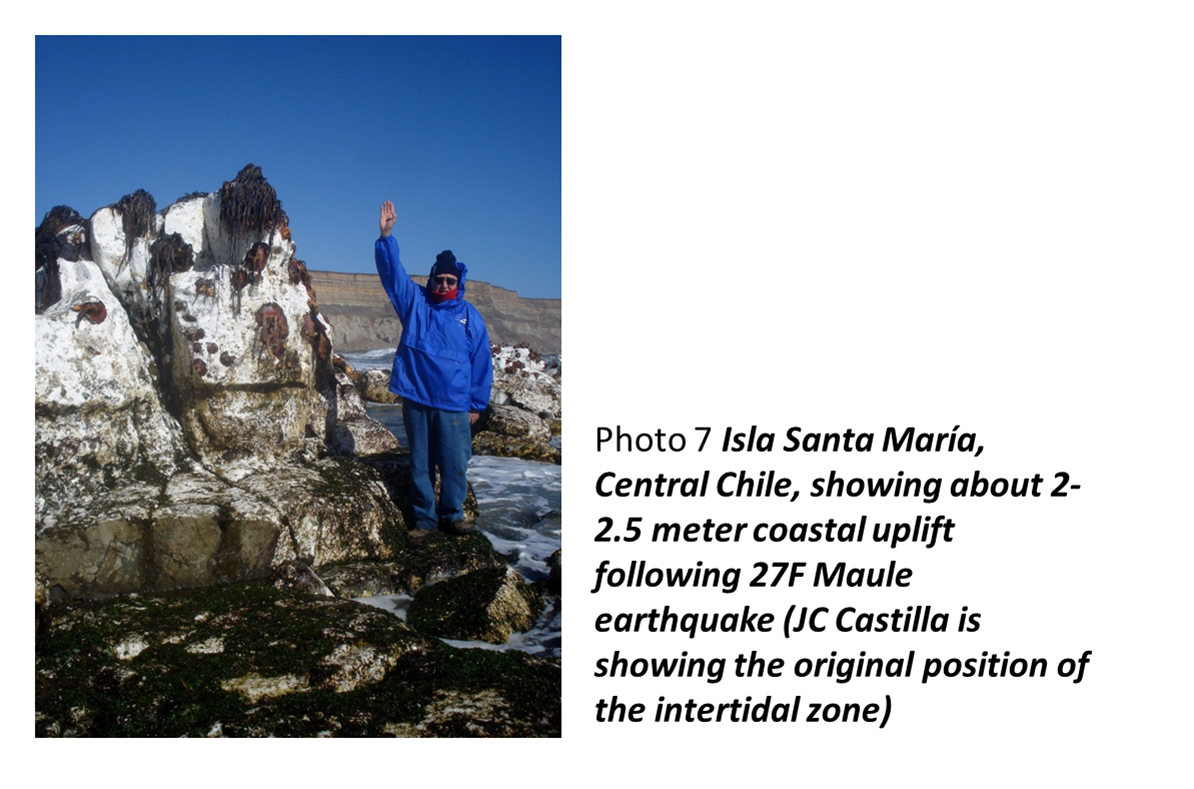
In this part of this Column, I would like to put emphasis that I am a truly believer in the scientific and communication power of the concepts of “Nature,” “Ecosystem functioning” and “Ecosystem services” that undoubtedly are based on Biodiversity. In fact, as a marine scientist I am interested to understand the functioning of costal ecosystems, or at least parts of it. That is my area of research. So, for instance, following the Chilean earthquakes of 1985 and 2010, we detected coastal uplifts ranging from ca. 0,8 -3 meters (in a tidal systems of about 1.5 meters) and monitored (and published) on the resilience of coastal rocky intertidal systems. Some of the main questions were: How resilient were those ecosystems? How long would take them to be back-function once again, or to be replaced? Not going into too many details: the systems were indeed resilient and took them about 2-3 years to be back-functioning: there was a full natural recovery of main primary producers, herbivores, carnivores and filter feeders. On the other hand, we have also examples that following the 27F dramatic coastal uplifts some important small-scale aquacultured marine algae resources totally disappeared, and they will not be back. Simply, the shore was so dramatically modified by the earthquake that marine algae habitats were lost. We can also show that following the 27F tsunami several underwater bottom communities (down to about 20-25 meters) were affected from displacement of rocks, sediment movements and other bottom-disturbing effects. Nevertheless, the main benthic fisheries(*) in those areas appear not to have been affected. In this case the key question addressed focused on ecosystem services (fisheries) and on benthic fishery-functioning outputs: Were local benthic fisheries affected or not? The answer appeared to be, no. Finally, we have done several interdisciplinary research efforts looking into small-scale fisher community livelihood and social organization on facing these impacts; this via the integration of disciplines as biology, ecology and social sciences. The understanding of the local knowledge, perceptions and aspirations of inhabitants of communities affected by earthquakes and tsunamis is a key factor to be investigated. We will like to share that information with our colleagues in Japan.
*”Benthic fisheries” are a method to extract resources such as sea urchins, mollusc and algea mainly by divers. In national statistics they are reported in metric tons. Chile extracts about 30 000 tons of sea urchin per year, and most of them are exported to Japan.
So, wrapping up, earthquakes and tsunamis are natural hazards affecting Nature, Ecosystems and Biodiversity… this is to say: “Affecting us and our surroundings”. Those deadlines tsunami waves impact Nature as a whole, impinging on functioning of socio-bio-physical complexes and they are intimately linked together. To me, the whole is called Nature and within it human is the most critical component. Therefore, it seems to me, that at least in Chile (and probably in Japan) what we really need is to further advance in science (above all on integrating different disciplines), aiming to develop better early earthquake and tsunami predictions, a greater scientific understanding on marine environmental impacts and ecosystem resilience, functioning and biodiversity; and make further progresses in education, outreach and legislation, to increase societal preparedness to confront tsunami impacts.
The figure of Japan and Chile, as tsunami-bonded-nations, is a powerful concept that may serve to enhance the long-term friendship and cooperation between these two nations, that the destiny has signaled will continue to be exposed to tsunamis. Let us face them together!
More about Dr. Juan Carlos Castilla:
Facultad de Ciencias Biologicas, Universidad Catolica de Chile (Spanish)
Profile of Juan Carlos Castilla
Dr. Juan Carlos Castilla (b. 1940) started his career in marine preserves and management areas that play an important role in the sustainable use of natural resources. Dr. Castilla who considered to be "the pioneer of South American marine ecology," is a professor in the Department of Ecology at Pontificia Universidad Catolica de Chile where he teaches marine and community ecology. He also headed the Coastal Marine Station, "Estacion Costera de Investigaciones Marineas," in Las Cruces, Chile, which has operated as a research marine preserve for more than 25 years.
In a long-term experiment at the preserve, Dr. Castilla has worked with artisanal fishing communities to test no-take zones, "human exclusion" areas and seasonal closings. He conducted experiments at the small scale Marine Protected Area (MPA) as the experimental facility of the Catolica University. His research results successfully proved that MPA is effective for increasing natural resources and conserving biodiversity in the surrounding sea areas. He proposed the integration of small scale MPA and fishery, and this proposal was disseminated throughout Chile.
Positive results have greatly influenced the new Chilean Fishery and Aquaculture law especially on matters related to the management of benthic resources. These activities and the results identified the role of small sized fishermen toward sustainable use and conservation of biodiversity, realized the institution to conseve artisanal fisheries in Chilien coastal zones, and participated in PISCO (Partnership for Interdisciplinary Studies of Coastal Oceans), PEW Foundation Marine Conservation and the Mellon Foundation Coastal Ecosystem projects, with Chilean and US scientists as Profs. Jane Lubchenco, Bruce Menge and Steve Gaines. More than 60 papers have now been published on this unique projects.
Part of the success of his activities is Dr. Castilla's significant theoretical and practical experience in issues related to coastal property rights, management and exploitation areas and co-management. Regarding the integration of conservation and sustainable use of natural resources, his achievements in raising awareness about the role of small sized fishers and proposing a new legal system from a biologist are also influential to the world.
Dr. Castilla has been invited by more than 30 universities to offer lectures and seminars, has publsihed over 250 papers and he has been recognized with a number of awards including the MIDORI Prize for Biodiversity for his pioneering work on marine parks and reserves, the co-manegmet of coastal resources and conservation of marine biodiversity.










